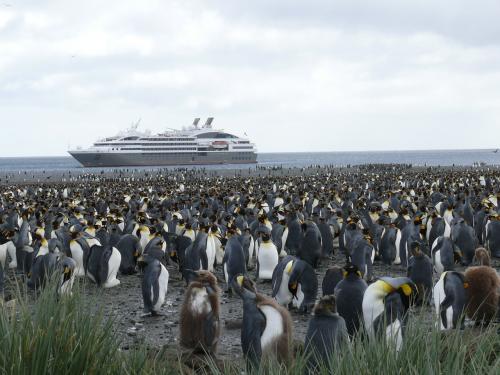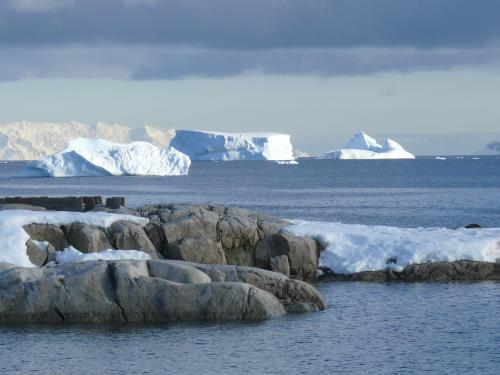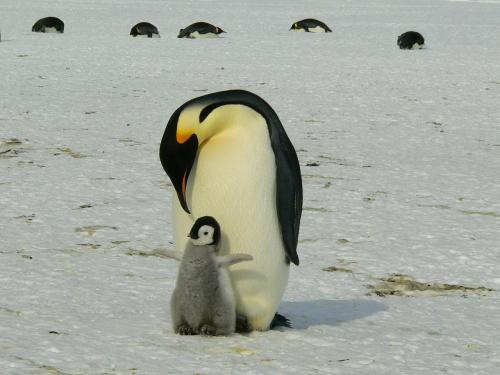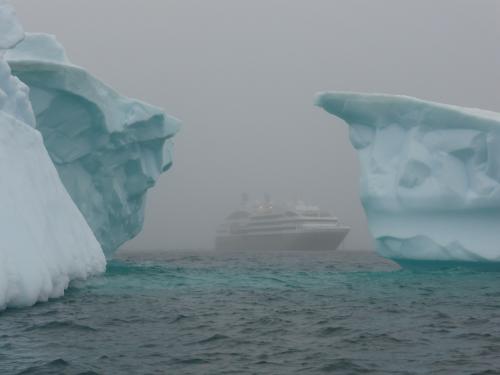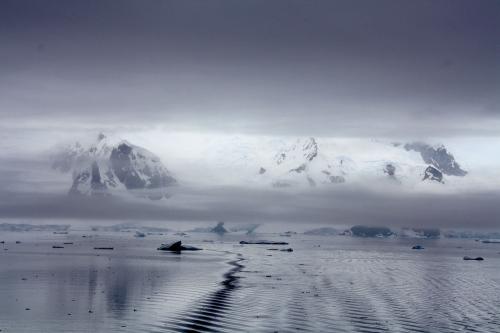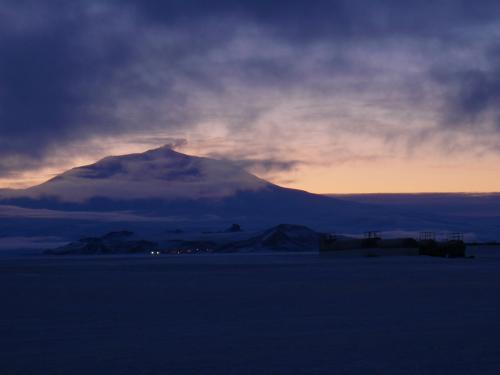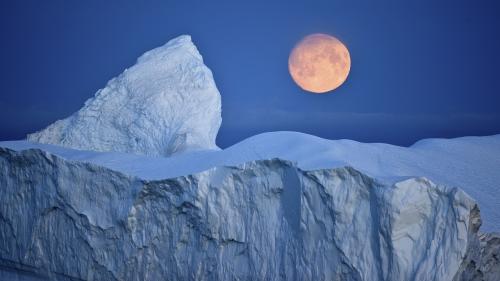Seasons in the Antarctic Peninsula
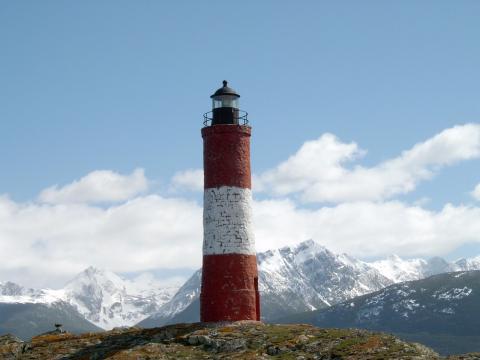
Climate of the Antarctic Peninsula is the mildest on the continent. Middle of summer (January) is the warmest time with averages of 1 to 2 °C (34-36 °C) and in June temperature drops to about -15…-20 °C (+5…-4 °F). Western coasts are warmest with 3 to 4 months with positive (above 32 °F) temperature and winter averages around -10 °C (14 °F). However in regions beyond 68th parallel of south latitude and in north-western coasts there are only 2 months with positive temperatures and winter average is -15 °C (5 °F). South-eastern part of the peninsula is coldest region.
Amount of precipitation vary greatly. Along western coasts between northernmost point and 68th parallel there are 350 to 600 mm (13.7-23.6”) of it. Most of it falls as rain during summer months. Southern parts of west coasts and northeastern regions are usually having less than 350 mm (13.7”) of annual precipitation. Eastern part of the peninsula is drier with 100-150 mm (3.9-5.9”) of annual precipitation comparing to 1000-2000 mm (39.3-78.7”) in subantarctic islands and 30-50 (1.1-1.9”) mm in central regions of continent.
Seasons
Contents:
Summer in the Antarctic Peninsula
Antarctic Peninsula is tourist’s part of the continent. Deeper inland regions and other coastal areas are too severe for someone except scientists. Summer (November-March) here is time of relative warmth and constant sunlight.
At summer coastal ice melts down providing the very possibility of visiting the peninsula. Katabatic winds, which are basically cold air blown from ice cover, calms down and warmer oceanic winds are providing tolerable temperatures. Average of January, the warmest month, is about 2 °C (36 °F) with occasional warming up to 10 °C (50 °F).
Polar Summer Climate Monthly on the Antarctic Peninsula
| September Max average t°: -6 °C (21 °F) Min average t°: -13 °C (9 °F) |
| October Max average t°: -5 °C (23 °F) Min average t°: -12 °C (10 °F) |
| November Max average t°: -4 (25 °F) Min average t°: -9 °C (16 °F) |
(King George Island, the northern tip of the Antarctic Peninsula)
Antarctic Peninsula is the only place of continent where precipitation may take form of rain. Yet most of time it is snowing. Western side of it is five times drier than eastern. Yet in any case weather won’t interfere your spectating of beauty of untouched nature with picturesque icebergs, bare rock, penguins, whales and seals.
| December Max average t°: -1 °C (30 °F) Min average t°: -9 °C (16 °F) |
| January Max average t°: -2 °C (28 °F) Min average t°: -8 °C (18 °F) |
| February Max average t°: -2 °C (28 °F) Min average t°: -7 °C (19 °F) |
(King George Island, the northern tip of the Antarctic Peninsula)
Winter in the Antarctic Peninsula
Place with the mildest climate in Antarctica turns cold and dark during polar night at winter (April-October). There are numerous obstacles for transport connection along with severe weather conditions. July is the coldest month with averages of -15 to -20 °C (5…-4 °F). Temperatures aren’t as low as in the rest of Antarctica.
Polar Winter Climate Monthly on the Antarctic Peninsula
| March Max average t°: -3 °C (27 °F) Min average t°: -8 °C (18 °F) |
| April Max average t°: -5 °C (23 °F) Min average t°: -11 °C (12 °F) |
| May Max average t°: -4 °C (25 °F) Min average t°: -13 °C (9 °F) |
(King George Island, the northern tip of the Antarctic Peninsula)
Main obstacles are ice in the ocean and significant winds. Katabatic winds are colliding with warmer oceanic air occasionally creating storms. Combination of strong winds and low temperatures is especially hard in coastal areas with higher humidity. Moreover no one will take tourists at winter for all transport connections are closed.
| June Max average t°: -4.5 °C (24 °F) Min average t°: -15 °C (5 °F) |
| July Max average t°: -6 °C (21 °F) Min average t°: -16 °C (3 °F) |
| August Max average t°: -7 °C (19 °F) Min average t°: -13.5 (8 °F) |
(King George Island, the northern tip of the Antarctic Peninsula)
 Seasons of the Year
Seasons of the Year 